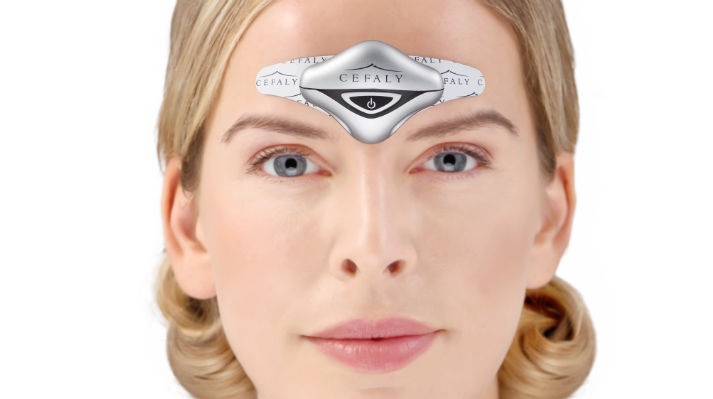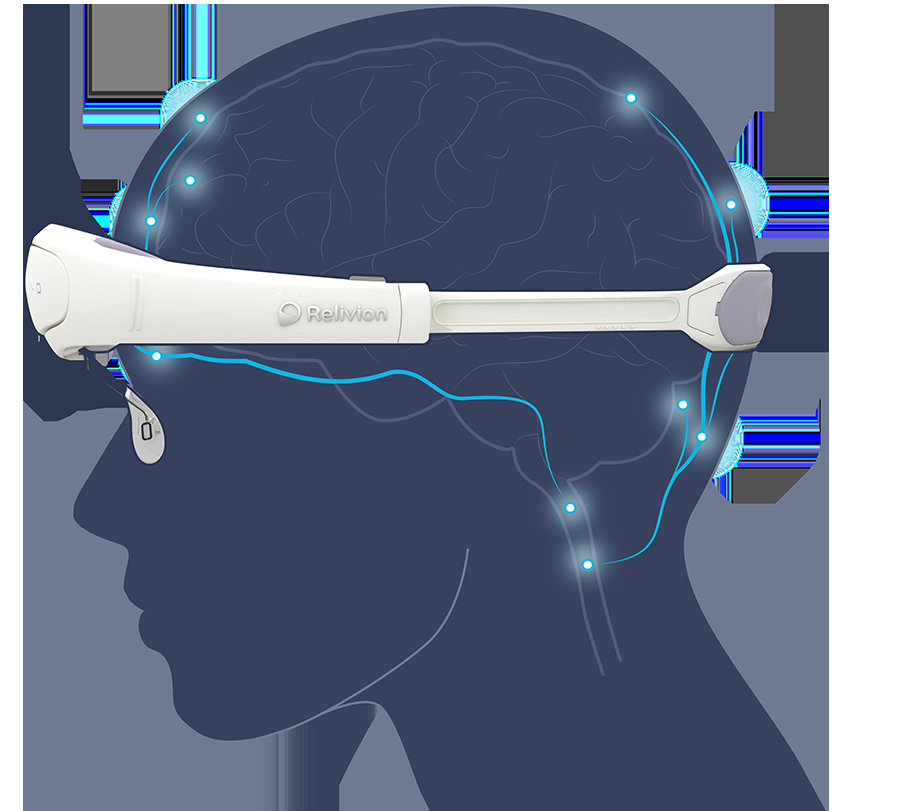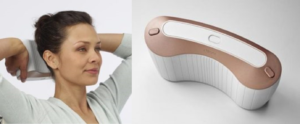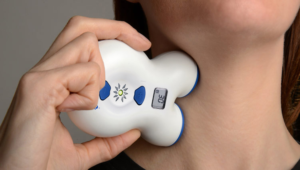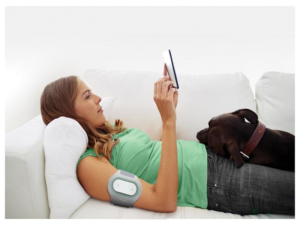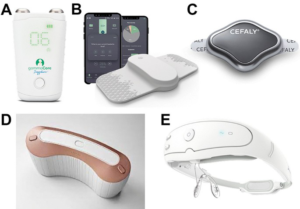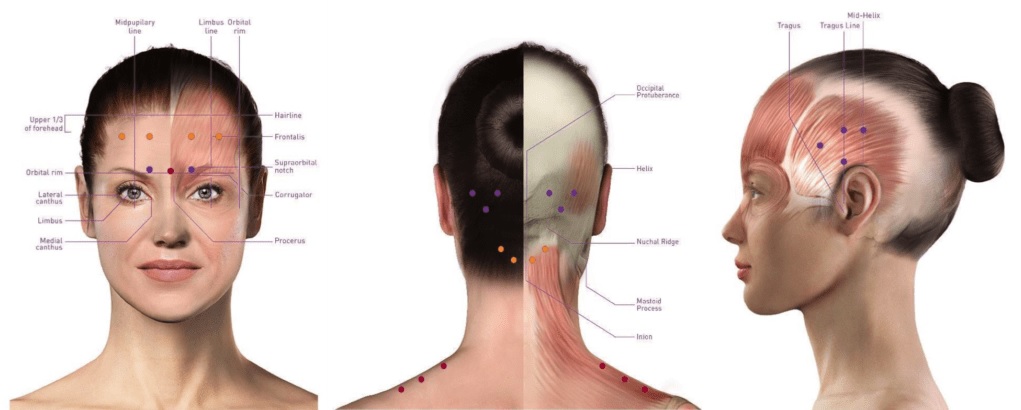MAIN GOALS IN MIGRAINE TREATMENT
If we had to use one word to describe our approach to successful migraine treatment, it would be “balance.”
What Do You Want to Know About Migraines?
Most people who suffer from migraines are unhappy with their current treatment options, which are ineffective and often have negative side effects. Our main goal in Migraine Treatment is to work to balance steroid hormones, especially pregnenolone, DHEA, estrogen, progesterone, and testosterone; reset pineal gland function using melatonin and other natural substances; improve gastrointestinal and digestive health with probiotics; and work to restore the balance between calcium and magnesium, two minerals that play a crucial role in migraines.
In addition to eliminating migraines and their associated symptoms, Migraine Cure has been shown to relieve other conditions that often accompany migraines, including high cholesterol, heart disease, and fibromyalgia.
Migraine Treatment
One of the important steps for “Migraine Treatment” is to balance the function of certain systems in the body, and to adapt the doses of certain hormones and other natural substances to meet the different needs of each individual.
The successful treatment approach for migraine involves a regulated and synchronized adjustment of various systems and functions in the body to achieve this goal. These areas are as follows:
Neurohormonal system: It includes the activities of the hypothalamus, pituitary gland and steroid hormones, namely the ovaries, testicles and adrenal glands. Our goal is to balance the hormones produced by these glands.
Pineal gland: This gland balances the cyclical production of serotonin and melatonin hormones, both key players in migraine. Therefore, our goal is to reset the function of the pineal gland.
Digestive system: 70% of migraine sufferers have problems in the digestive system, and restoring the balance within the digestive system is a critical part of Migraine Treatment.
Magnesium balance: Another factor is to maintain a balance between two critical minerals, magnesium and calcium, as an imbalance between these substances is a very important factor in migraine.
Sympathetic and parasympathetic systems: While working to balance the four systems mentioned above, a balance should also be worked on between the sympathetic and parasympathetic nervous systems, which is the ultimate goal of Migraine Treatment.
A detailed assessment of your current hormonal status is needed to start the treatment correctly.
Tests you will need: Blood Tests You Need
Lipid panel (total cholesterol, LDL, HDL and triglyceride)
Estrogen (women)
Estradiol (men)
Progesterone
Testosterone
DHEA-S,
Pregnenolone
Cortisol
Neurohormonal System
For women who are still menstruating, who make up the majority of migraine sufferers, the best time to test is between days 19 and 21 of the menstrual cycle, as this is when progesterone levels are at their highest.
While optimal hormone levels are critical, hormone balance is also important. Therefore, instead of measuring hormones by numbers, Migraine Therapy works to achieve a balanced ratio between complementary hormones such as estrogen and progesterone, as well as cortisol and DHEA. When you balance these hormones and achieve a hormonal balance specific to your unique body chemistry and needs, you can manage your migraines.
Cholesterol: The First Ingredient
Hormone production begins with cholesterol. Therefore, having healthy cholesterol levels is critical for adequate hormone production. Cholesterol levels that are too high or too low are insufficient for balancing hormone levels. Therefore, when starting treatment for people with migraine, we look at a lipid panel (cholesterol, LDL, HDL, and triglycerides) along with a hormone panel.
Pregnenolone
Pregnenolone is not only the most prevalent hormone in the brain, but is also considered a “grandmother” hormone to all steroid hormones, including aldosterone, cortisol, cortisone, DHEA, estrogen, progesterone, and testosterone. (The term “steroid hormone” refers to a family of structurally similar biochemicals that have the ability to determine sex, reduce inflammation, and regulate growth.)
Therefore, when levels of any of these hormones fall below normal, pregnenolone levels are typically affected.
Here are some of the properties attributed to pregnenolone and some of the reasons why it is such an important hormone in the fight against migraines:
It has the ability to normalize levels of other hormones.
It helps in the formation of new brain cells and therefore has a positive effect on learning, concentration and memory.
It improves mood and relieves depressive symptoms.
It improves inflammation and allergies.
It improves premenstrual syndrome and menopausal symptoms.
Pregnenolone is considered safe even in high doses. However, since pregnenolone is converted to DHEA and then progesterone, it is recommended to have periodic blood tests of hormones, as we did in the Migraine Cure.
DHEA
While pregnenolone is the grandmother of hormones and the precursor to dehydroepiandrosterone (DHEA), DHEA is the mother, as it is a precursor to estrogens and testosterone.
While low DHEA levels are associated with aging, they are also associated with, but are not limited to, migraines, chronic inflammation, depression, rheumatoid arthritis, memory and concentration difficulties, osteoporosis, heart disease (in men), complications of Type II diabetes, and an increased risk of certain cancers. One of DHEA’s main functions is to suppress the damaging properties of stress. Maintaining an optimal DHEA/cortisol ratio is not only critical to preventing aging, but is also important in managing migraines.
Your body’s DHEA production can be determined by measuring the amount of DHEA-sulfate (DHEA-S) in a blood sample. Since DHEA is a precursor to estrogens and testosterone, it can have some effects on the levels of these hormones. We recommend that individuals take 7-keto DHEA; 7-keto DHEA is a product of DHEA metabolism. The most important feature of 7-keto is that, unlike DHEA, it does not convert into estrogen and testosterone.
Estrogen and Progesterone
Estrogen and progesterone are naturally produced by the body and are typically thought of as female sex hormones. In fact, these two hormones are typically higher in women than in men, but both estrogen and progesterone are found in both sexes and in people of all ages. The roles of estrogen and progesterone in migraine are both critical and complex. We can group these two hormones together because they are so closely linked. It is the balance between them, not the restoration of optimal levels individually, that is critical for the relief of migraine, as well as the symptoms experienced by women during perimenopause and menopause.
Estrogen and Migraine
The relationship between estrogen levels and the development and elimination of migraines is an intimate one. Here’s what we know about estrogen and migraines:
Migraine prevalence increases at menarche (when a woman’s menstrual cycle first begins). A drop in estrogen levels just before menstruation triggers migraines in many women.
Migraines usually subside in the second and third trimesters of pregnancy, when estrogen levels are high.
Migraines usually become apparent soon after a woman gives birth, as they occur when estrogen levels drop significantly.
Testosterone
Testosterone is typically a male hormone, responsible for the normal development of the male sex and reproductive organs, and the development of secondary male sex characteristics and other characteristics, including hair growth (and loss), vocal cord thickening, and muscle development. Normal testosterone levels are necessary for maintaining healthy mood, energy levels, bone marrow production, fertility, and sexual desire. Women also need testosterone; their levels do not need to be as high as men’s, but optimal levels should be sufficient to maintain health. Testosterone levels need to be balanced in both men and women to eliminate migraines. In women, DHEA levels can be converted to testosterone when the body detects that testosterone levels are low. Therefore, careful use of DHEA (a precursor to testosterone) can help some women reach optimal levels, while others need testosterone supplements, at least temporarily.
Pineal Gland
Melatonin
Research findings support the idea that pineal dysregulation, and therefore melatonin imbalance, plays a role in the development of migraines. Melatonin is an important piece in the puzzle of migraine and sleep disorders. Balanced pineal gland function and healthy sleep patterns are critical components of a Migraine Treatment program.
Melatonin supplements are widely available in grocery stores, pharmacies, and online. A combination product containing melatonin, vitamin B6, or L theanine, taken one or two capsules at bedtime, may be recommended as part of the pineal for migraine treatment segment.
In most cases, patients only need to take melatonin for a few months until their circadian cycle is restored.
Additional Benefits of Migraine Treatment
Migraine Treatment not only eliminates migraines, it also helps people relieve many other symptoms and conditions. Most people living with migraines struggle with one or more health issues, including depression, insomnia, high cholesterol, constipation, irritable bowel syndrome, chronic fatigue, fibromyalgia, mood swings, menstrual difficulties, or sleep disorders. Therefore, in addition to hormone regulation, pineal gland balancing, calcium-magnesium rebalancing, digestion regulation, patients should know that other health issues will also be eliminated.
Vitamin B6
Vitamin B6 (pyridoxine) is an important part of a migraine treatment program for several reasons. When it comes to improving pineal function, vitamin B6 is needed for the production of serotonin, a brain neurotransmitter that plays an important role in sleep-wake cycles, chronic pain, mood, and appetite. Vitamin B6 has a calming effect.
Ensuring Digestive System Balance
The connection between migraine and the digestive system, especially the intestines, has been confirmed by numerous studies and clinical observations. When we question 60-70% of migraine patients, we encounter constipation or similar intestinal problems. Successful treatment of migraine depends on a healthy intestine. One of the most important things you can do to ensure a healthy intestinal tract is to maintain the balance between friendly and unfriendly bacteria in the intestinal flora. Friendly bacteria provide health-promoting or health-protecting properties, while unfriendly bacteria can significantly harm your health. When the balance tips in favor of bad bacteria, the intestines become damaged and inflamed. This condition, usually called dysbiosis, is characterized by symptoms such as diarrhea, constipation, gas, abdominal pain, cramping and bloating. If you have migraine, digestive system problems such as diarrhea, constipation, irritable bowel or abdominal pain, you need to balance your intestinal flora. You can use probiotics, which are necessary for your intestinal health, as supplements.
Probiotics
Probiotics are live, friendly bacteria that you can take to improve or restore the balance of the bacterial flora in your intestinal tract. The most common and essential friendly bacteria are bifidobacteria, streptococci, and lactobacilli, which perform many functions essential for good health.
They help absorb nutrients into your bloodstream. They form a barrier against harmful bacteria that can cause diarrhea. They produce food for your intestinal cells so they can function at their best. They help prevent harmful bacteria from causing damage.
They prevent symptoms caused by antibiotics, which can destroy many of the friendly bacteria in your intestinal tract.
After much research and experimentation, our recommended probiotic supplement is a powdered formula that contains 3.5 billion lactobacilli, 1 billion bifidobacteria, and 0.5 billion streptococci thermophila per dose. It is well tolerated and easy to use. After several months of taking this supplement daily, most people will find that occasional use, perhaps once a month, is sufficient for a healthy gut and overall health.
Magnesium balance
Migraine Cure is the restoration of the balance between two minerals critical to headache, ionized magnesium and ionized calcium. The balance between these two elements is closely linked to the activity of steroid hormones, the function of the pineal gland, the proper functioning of the digestive system, and also the balance between the sympathetic and parasympathetic nervous systems.
Calcium-Magnesium Ratio
The relationship between the calcium/magnesium ratio and migraine has been known for some time. For example, in 1993, researchers noted that low levels of ionized magnesium and high levels of ionized calcium were associated with migraine, and that both conditions caused cerebral vasospasm and reduced blood flow to the brain. A balanced calcium/magnesium ratio is also necessary to help prevent fatigue, which is common among migraineurs, and to regulate the sleep cycle. Again, this balance also reflects the balance between the sympathetic nervous system (which affects calcium) and the parasympathetic nervous system (which affects magnesium).
Magnesium
If magnesium deficiency is part of your migraine diagnosis, supplemental magnesium may be helpful. Several studies have shown that magnesium supplementation reduces migraine attacks in people with low serum ionized magnesium levels. We also know that magnesium supplementation can help with premenopausal symptoms, including migraines, bloating, and edema.
Although magnesium supplements come in a variety of forms and types (such as magnesium sulfate, oxide, gluconate, carbonate, and chloride), the form we recommend at Migraine Cure is magnesium citrate or magnesium malate. This is the type that the body absorbs best. It is a powdered, water-soluble magnesium supplement, 400-800 mg at bedtime, depending on individual needs. If you have any heart or kidney disease, be sure to talk to your doctor before taking magnesium.

